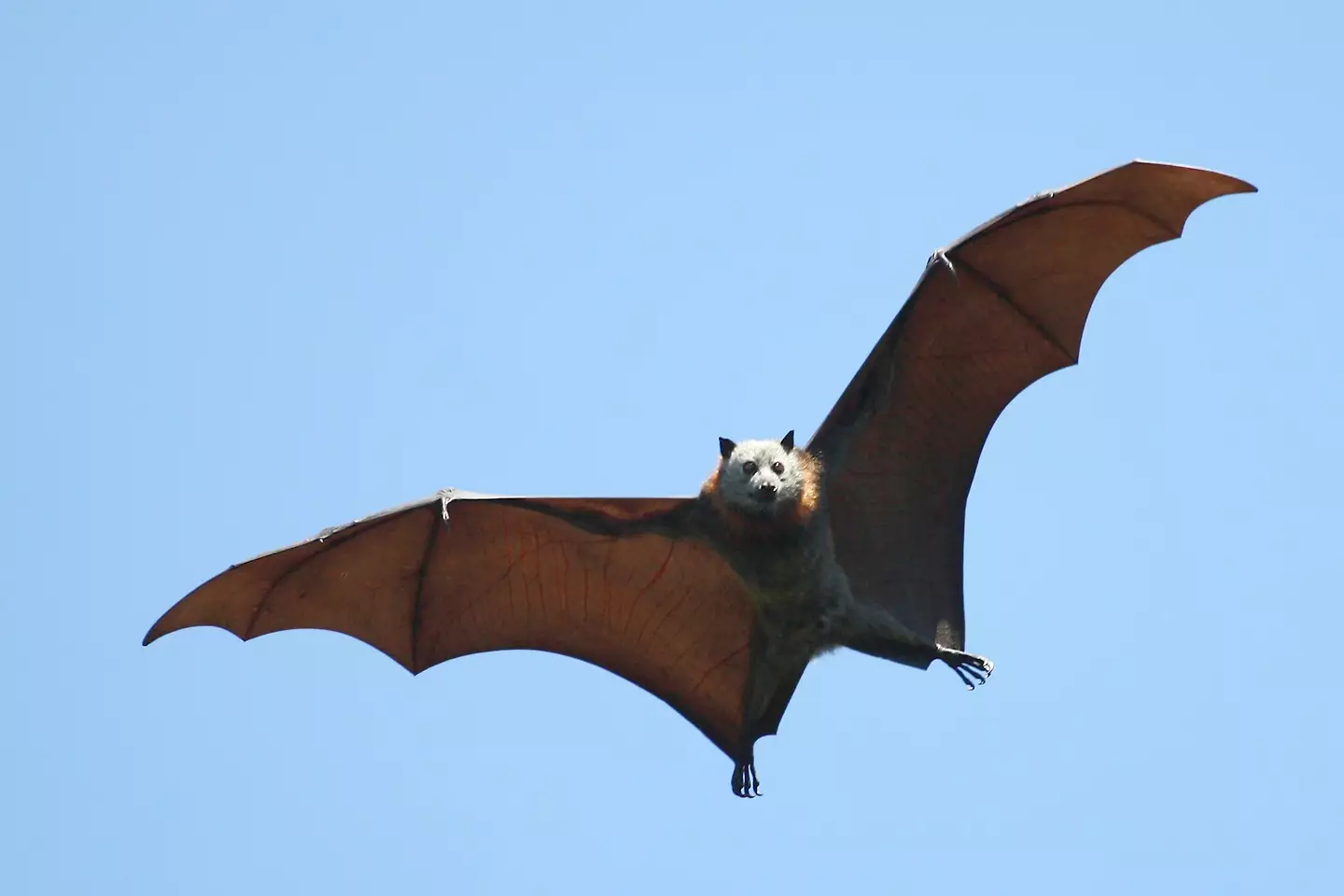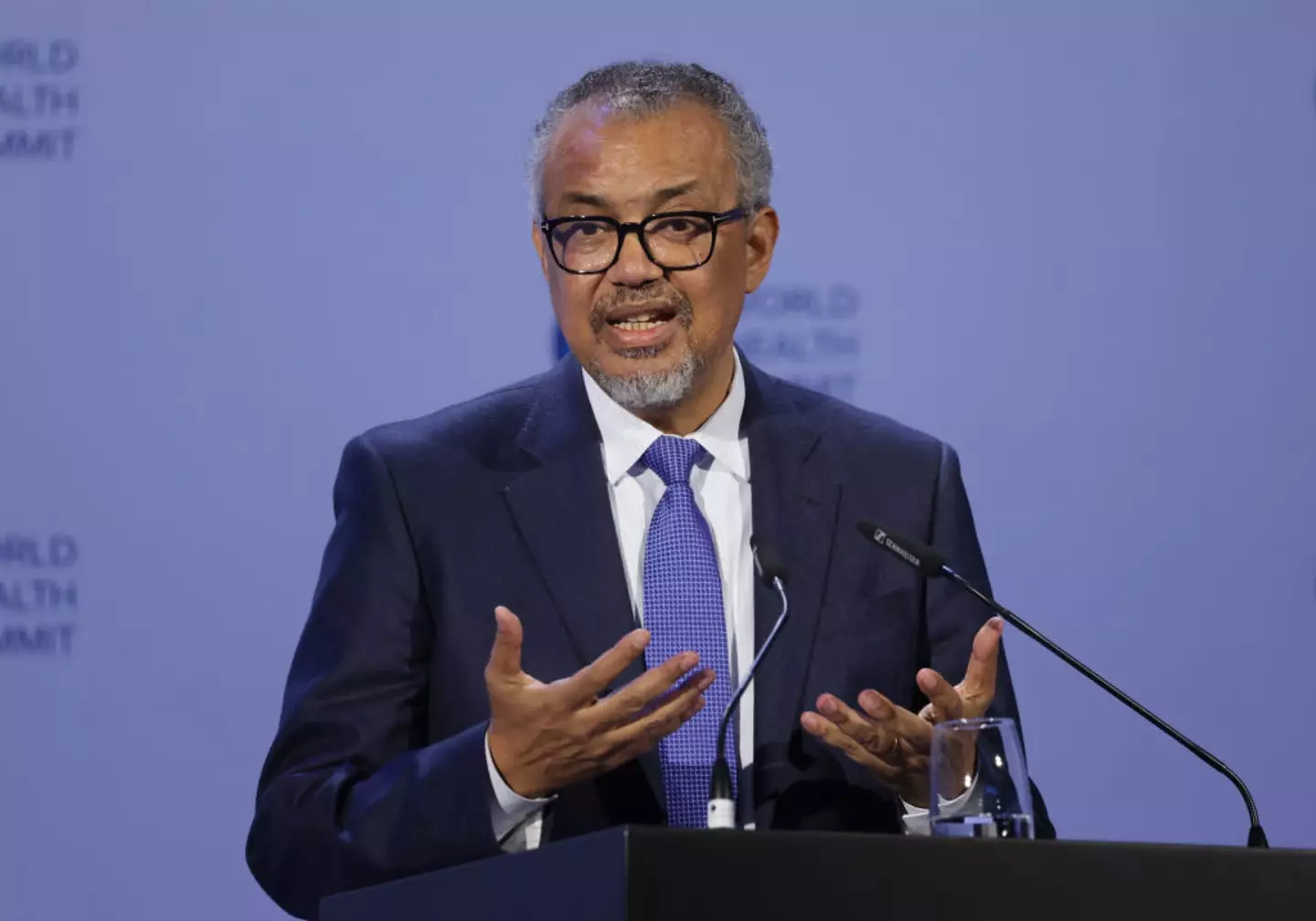Medical professionals around the globe have raised alarms about an ‘eye-bleeding disease’ after nine suspected cases emerged, resulting in eight fatalities.
Health leaders from the World Health Organization (WHO) have identified instances of the Marburg virus in Tanzania, Africa.
Despite this, Tanzanian authorities have refuted claims of a Marburg outbreak.
This dangerous hemorrhagic fever is transmitted through contact with bodily fluids, contaminated items, or infected animals, although it is not easily spread.

The disease manifests in severe and sudden symptoms, including internal bleeding or bleeding from the eyes, ears, and mouth. With no available vaccines, it remains mostly untreatable.
Other symptoms are fever, muscle pain, rashes, diarrhea, stomach pain, vomiting, and increasingly severe headaches, along with a ‘ghost-like’ appearance marked by deep-set eyes.
Initially, diagnosing Marburg is challenging as it resembles other tropical conditions like Ebola and malaria.
Concerns arose earlier this month when six individuals fell ill suddenly, five of whom succumbed, leading experts to suspect Marburg.
The WHO has dispatched specialized teams to the northeastern Kagera region, specifically in the districts of Biharamulo and Muleba, where all reported cases have been located.
However, health professionals caution that the virus might spread to nearby countries such as Rwanda and Burundi, prompting warnings for travelers due to its case-fatality rate of up to 88 percent.

“The global risk is currently assessed as low. There is no confirmed international spread at this stage, although there are concerns about potential risks,” the WHO emphasized.
The situation in Tanzania follows a recent Marburg outbreak in Rwanda, which concluded last month after affecting 66 individuals and resulting in 15 deaths.
A significant portion of those infected were healthcare workers, but the country’s response to the crisis and its low fatality rate received international commendation.
In contrast, Tanzania’s Bukoba district faced challenges managing an outbreak that persisted for nearly two months in March of the previous year.
On January 14, WHO director Tedros Adhanom Ghebreyesus tweeted that more cases might emerge in the coming days as disease surveillance improves.
WHO also noted in a separate statement: “The source of the outbreak is currently unknown. The delayed detection and isolation of cases, coupled with ongoing contact tracing, indicates lack of a full understanding of the current outbreak.”

Experts anticipate ‘more cases’ due to the ‘high’ risk linked to ‘Kagera region’s strategic location as a transit hub, with substantial cross-border movement of the population to Rwanda, Uganda, Burundi, and the Democratic Republic of the Congo’.
The statement added: “Reportedly, some of the suspected cases are in districts near international borders, highlighting the potential for spread into neighboring countries.
“Marburg is not easily transmissible. In most instances, it requires contact with the body fluids of a sick patient presenting with symptoms or with surfaces contaminated with these fluids.
“However, it cannot be excluded that a person exposed to the virus may be traveling.”
Tanzanian Health Minister Jenista Mhagama stated that after testing, all suspected cases were negative for the Marburg virus.
“As of 15th January 2025, laboratory results for all suspected individuals were negative for Marburg virus,” she stated, adding that they ‘would like to assure international organizations, including WHO, that we shall always keep them updated with ongoing developments’.

